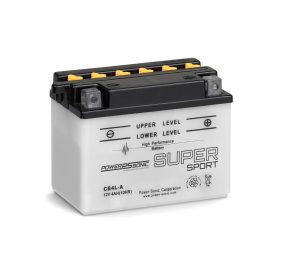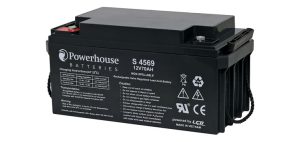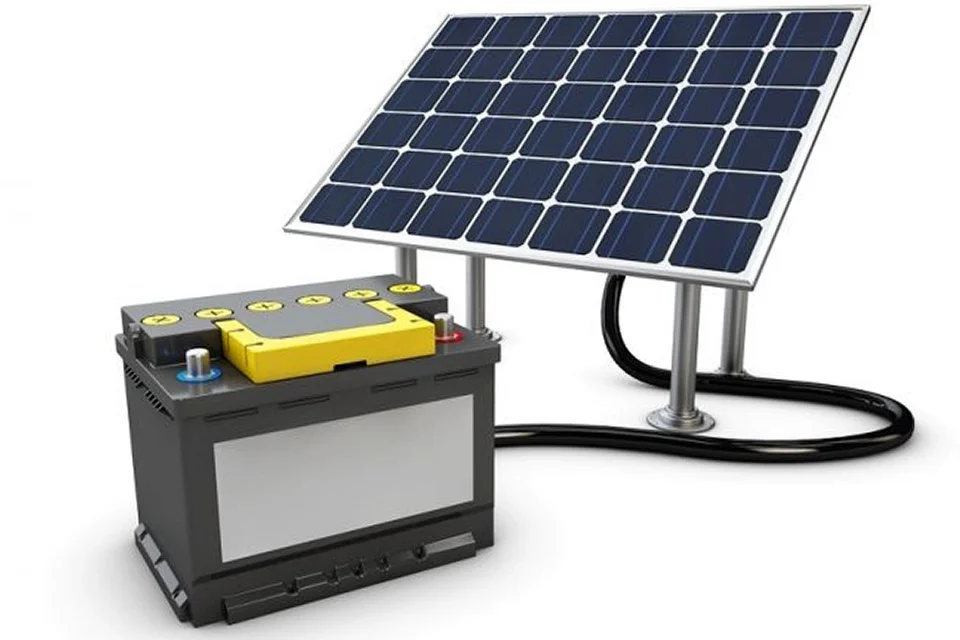Choosing the right battery for your solar photovoltaic (PV) system is one of the most important decisions you’ll make when going solar. The battery you select will directly impact your system’s efficiency, lifespan, and overall return on investment. In this comprehensive guide, we’ll explore the main types of batteries used in solar energy storage and help you understand which might be best for your needs.
Why Battery Storage Matters
Before diving into battery types, it’s worth understanding why energy storage is crucial for solar systems. Solar panels generate electricity during daylight hours, but your energy needs don’t stop when the sun goes down. A quality battery system allows you to store excess energy produced during the day for use at night or during cloudy periods, maximizing your energy independence and reducing reliance on the grid.
Lead-Acid Batteries: The Traditional Choice
Flooded Lead-Acid (FLA) Batteries
Flooded lead-acid batteries have been the workhorse of solar energy storage for decades. These batteries use liquid electrolyte and have been proven reliable in countless installations worldwide.

Advantages:
- Most affordable upfront cost
- Well-established technology with widespread availability
- Can be repaired and maintained to extend lifespan
- Proven track record in solar applications
Disadvantages:
- Require regular maintenance (checking water levels, cleaning terminals)
- Must be installed in ventilated areas due to gas emission
- Shorter lifespan compared to newer technologies (3-5 years typically)
- Lower depth of discharge (usually only 50% usable capacity)
- Bulkier and heavier than alternatives
Best For: Budget-conscious homeowners who don’t mind regular maintenance and have adequate ventilation space.
Sealed Lead-Acid (SLA) Batteries
Also known as valve-regulated lead-acid (VRLA) batteries, these come in two varieties: Absorbent Glass Mat (AGM) and Gel batteries.

AGM Batteries use fiberglass mats to absorb the electrolyte, making them spill-proof and maintenance-free.
Gel Batteries use silica to create a gel-like electrolyte, offering similar benefits with even better deep discharge performance.
Advantages:
- Maintenance-free operation
- No gas emissions, safer for indoor installation
- More durable in extreme temperatures than flooded batteries
- Better depth of discharge than flooded lead-acid
Disadvantages:
- More expensive than flooded lead-acid
- Cannot be repaired if damaged
- Still heavier than lithium alternatives
- Shorter lifespan than lithium (5-7 years typically)
Best For: Those who want the affordability of lead-acid without the maintenance requirements.
Lithium-Ion Batteries: The Modern Standard
Lithium-ion technology has revolutionized solar energy storage, offering superior performance in almost every category.
Lithium Iron Phosphate (LiFePO4)
This is the most common type of lithium battery for residential solar systems and is considered the gold standard for safety and longevity.
Advantages:
- Longest lifespan (10-15 years or more)
- Highest depth of discharge (80-90% usable capacity)
- Maintenance-free and compact
- Excellent charge/discharge efficiency (95%+)
- Lightweight compared to lead-acid
- Built-in battery management systems
- Safe chemistry with low fire risk
Disadvantages:
- Highest upfront cost
- Requires proper battery management system
- Performance can degrade in extreme cold without heating
Best For: Homeowners seeking the best long-term value, maximum efficiency, and minimal maintenance.
Lithium Nickel Manganese Cobalt (NMC)
These batteries are commonly used in electric vehicles and some residential solar systems.
Advantages:
- High energy density (compact storage)
- Good power output
- Similar lifespan to LiFePO4
Disadvantages:
- More expensive than LiFePO4
- Slightly lower safety profile
- Temperature-sensitive
Best For: Applications requiring maximum energy in minimal space.
Flow Batteries: The Emerging Technology
Flow batteries store energy in liquid electrolyte solutions in external tanks, offering unique advantages for larger installations.
Advantages:
- Extremely long lifespan (20+ years)
- 100% depth of discharge without degradation
- Capacity can be easily increased by adding larger tanks
- Fire-safe technology
Disadvantages:
- Very expensive
- Large physical footprint
- Lower efficiency than lithium
- Limited availability for residential use
Best For: Large commercial installations or off-grid applications where longevity is paramount.
Nickel-Cadmium (NiCd) Batteries
While less common in residential solar, NiCd batteries have some niche applications.
Advantages:
- Extremely durable in harsh conditions
- Can operate in extreme temperatures
- Very long lifespan with proper maintenance
Disadvantages:
- Contains toxic cadmium (environmental concerns)
- Expensive
- Memory effect can reduce capacity
- Heavy and bulky
Best For: Industrial applications or extreme climate installations where other batteries would fail.
Key Factors to Consider When Choosing

Depth of Discharge (DoD)
This indicates how much of the battery’s capacity you can safely use. Lithium batteries typically offer 80-90% DoD, while lead-acid batteries are limited to 50%. A higher DoD means you can use more of your stored energy.
Round-Trip Efficiency
This measures how much energy you get back versus what you put in. Lithium batteries excel here at 95%+, while lead-acid batteries typically achieve 80-85%.
Lifespan and Cycle Life
Consider both calendar life (years) and cycle life (charge/discharge cycles). Lithium batteries can handle 3,000-7,000+ cycles, while lead-acid typically manages 500-1,500 cycles.

Cost Per kWh Over Lifetime
While lithium batteries cost more upfront, their longer lifespan and higher efficiency often make them more economical over time. Calculate the total cost per kilowatt-hour over the expected lifespan for the true comparison.

Space and Weight
If installation space is limited, lithium batteries’ compact size and light weight become significant advantages.
Temperature Tolerance
Consider your local climate. Lead-acid batteries struggle in extreme heat, while lithium batteries may need heating in very cold environments.
Making Your Decision
For most residential solar installations in 2025, lithium iron phosphate (LiFePO4) batteries represent the best overall value. While the upfront cost is higher, their superior performance, longevity, and minimal maintenance requirements typically result in lower lifetime costs and better energy independence.
However, if budget is your primary constraint and you’re willing to perform regular maintenance, flooded lead-acid batteries can still provide reliable service at a fraction of the cost.
For commercial installations or those planning for long-term expansion, flow batteries or larger lithium systems might warrant consideration despite their higher costs.
Conclusion
The battery you choose will serve as the heart of your solar energy system, storing the power of the sun for use whenever you need it. By understanding the strengths and limitations of each battery type, you can make an informed decision that aligns with your budget, space constraints, and long-term energy goals.
Ready to take the next step? Consult with a qualified solar installer who can assess your specific energy needs and recommend the optimal battery solution for your home or business.

